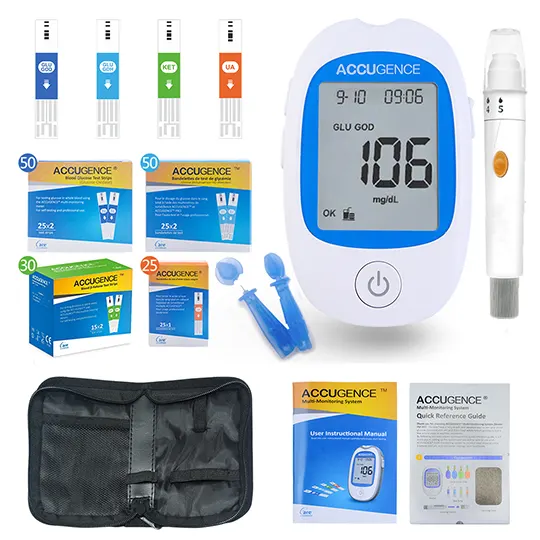potassium phosphate/sodium acid phosphate (K-Phos M.F., K-Phos No. 2, K-Phos Neutral, Neutra-Phos, Uro-KP Neutral)
Classes: Electrolytes
Dosing and uses of K-Phos M.F., K-Phos No. 2 (potassium phosphate/sodium acid phosphate)
Adult dosage forms and strengths
potassium phosphate/sodium phosphate
tablet
- 126mg/67mg
- 250mg/298mg
- 250mg/160mg
Hypophosphatemia
K-Phos Neutral: 1-2 tablets PO q4hr
Phos-NaK: 1 packet mixed with 75 mL water or juice
Low Urinary Phosphate
1-2 tablets PO q6hr
Dosing Modifications
Renal impairment: Use with caution in patients with chronic renal disease or renal function impairment
Administration
Take with full glass of water
Avoid antacids containing aluminum, magnesium, or calcium
May precipitate passage of existing kidney stones
Pediatric dosage forms and strengths
potassium phosphate/sodium phosphate
tablet
- 126mg/67mg
- 250mg/298mg
- 250mg/160mg
Hypophosphatemia
<4 years: Safety and efficacy not established
>4 years: K-Phos Neutral, 1 tablet PO q6hr; Phos-NaK, 1 packet PO q6hr mixed with 75 mL water or juice
Low Urinary Phosphate
<4 years: Safety and efficacy not established
>4 years: 1-2 tablets PO q6hr
K-Phos M.F., K-Phos No. 2 (potassium phosphate/sodium acid phosphate) adverse (side) effects
Frequency not defined
Confusion
Dizziness
Gastrointestinal (GI) upset
Headache
Low urine output
Lower-extremity swelling
Mild laxative effect
Numbness or tingling
Shortness of breath
Tachycardia
Thirst
Weakness or heaviness of legs
Weight gain
Warnings
Contraindications
Patients with infected phosphate stones
Severe renal impairment
Hyperphosphatemia
Addison disease
Hyperkalemia
Infected urolithiasis
Struvite stone formation
Cautions
Cardiac disease, especially in digitalized patients
Adrenal insufficiency
Acute dehydration
Renal disease
Extensive tissue breakdown, as in severe burns
Myotonia congenita
Cirrhosis of liver
Edema
Hypertension
Hypoparathyroidism
Acute pancreatitis
Hepatic impairment
Hypernatremia
Metabolic alkalosis
Pregnancy and lactation
Pregnancy category: C
Lactation: Unknown whether drug is distributed in breast milk; caution is advised
Pregnancy categories
A: Generally acceptable. Controlled studies in pregnant women show no evidence of fetal risk.
B: May be acceptable. Either animal studies show no risk but human studies not available or animal studies showed minor risks and human studies done and showed no risk.
C: Use with caution if benefits outweigh risks. Animal studies show risk and human studies not available or neither animal nor human studies done.
D: Use in LIFE-THREATENING emergencies when no safer drug available. Positive evidence of human fetal risk.
X: Do not use in pregnancy. Risks involved outweigh potential benefits. Safer alternatives exist.
NA: Information not available.
Pharmacology of K-Phos M.F., K-Phos No. 2 (potassium phosphate/sodium acid phosphate)
Mechanism of action
Acidifies urine; essential in physiologic processes
Elimination
Excretion: Kidney



